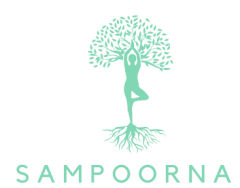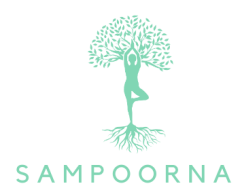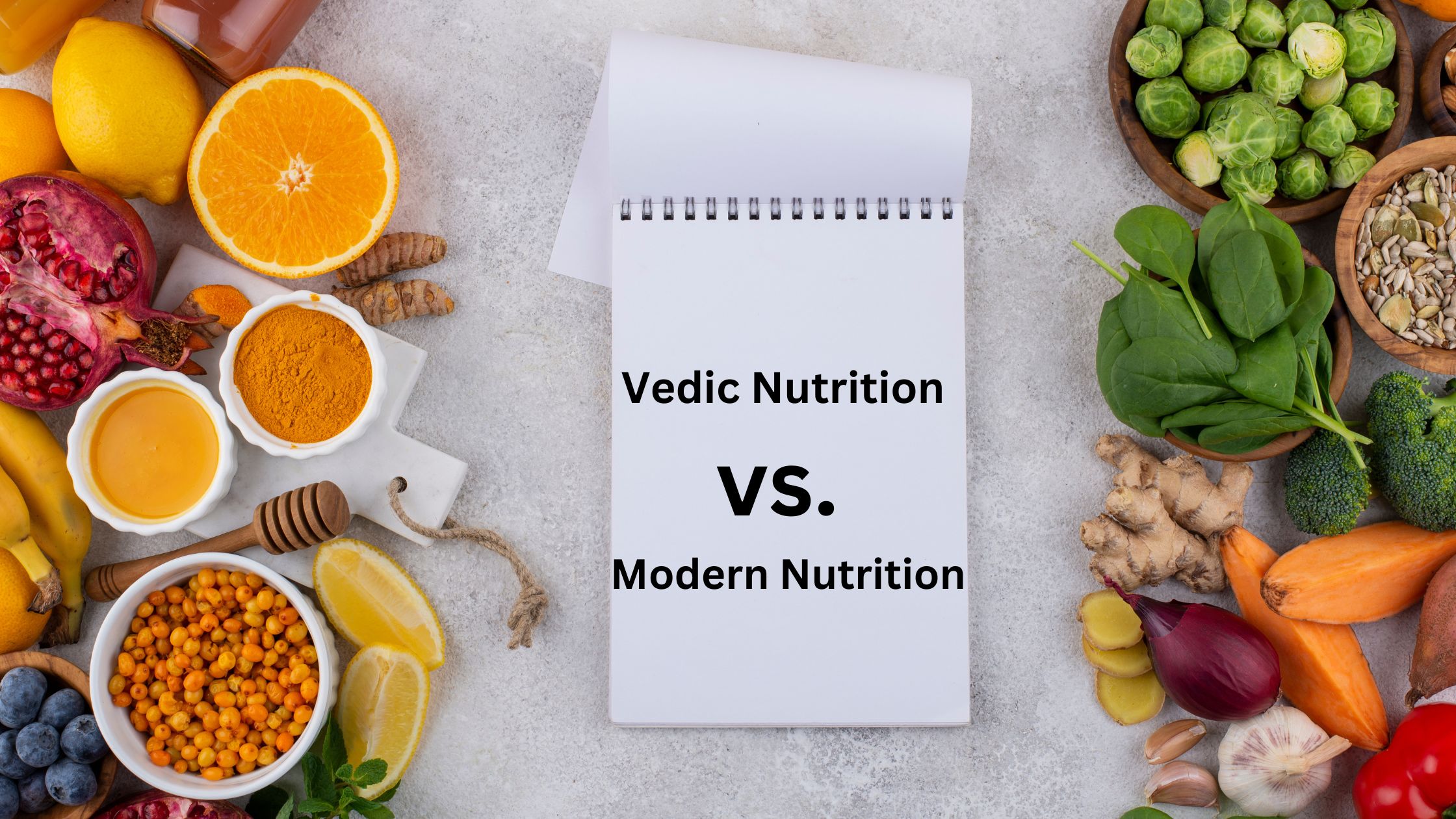Exploring the Gap: Vedic Nutrition vs. Modern Nutrition
Introduction
The world of nutrition is a constantly evolving space. Over the years, there have been significant shifts in the way people perceive and approach their diet. Among these shifts, the ancient wisdom of Vedic nutrition and the science-backed principles of modern nutrition represent two contrasting yet fascinating perspectives. In this blog post, we will delve into the core differences between Vedic nutrition and modern nutrition, exploring the unique aspects of each and how they have shaped the way we view our diets today.
Vedic Nutrition: The Ancient Science of Balance
Vedic nutrition is rooted in the age-old wisdom of the Vedas, the ancient texts of Hinduism. This traditional system of nutrition focuses on the principle of balance and harmony in the body, achieved through the understanding and manipulation of the three doshas: Vata, Pitta, and Kapha. These doshas represent the various energies within the body, and their balance is essential for maintaining overall health and well-being.
1. Holistic approach: Vedic nutrition looks at the body as a whole, taking into account the individual’s unique constitution, lifestyle, and environment. It emphasizes the connection between the body, mind, and spirit and aims to achieve balance through a personalized diet, meditation, and yoga.
2. Emphasis on natural, seasonal, and locally sourced foods: Vedic nutrition promotes the consumption of whole, unprocessed foods that are in tune with nature. It encourages the consumption of seasonal, locally grown fruits, vegetables, and grains, as these are thought to provide the body with the most nourishment and energy.
3. Sattvic diet: The Vedic concept of a Sattvic diet prioritizes pure, clean, and easily digestible foods that promote mental clarity and overall well-being. Such foods include fresh fruits, vegetables, nuts, seeds, whole grains, and dairy products.
Modern Nutrition: The Science of Macronutrients and Micronutrients
Modern nutrition, on the other hand, is based on scientific research and evidence. This approach to nutrition is primarily focused on the study of macronutrients (carbohydrates, proteins, and fats) and micronutrients (vitamins and minerals) and their roles in the body.
1. Quantitative approach: Modern nutrition takes a more quantitative approach, with the emphasis on the specific amounts of macronutrients and micronutrients that are required for optimal health. The daily recommended intakes of these nutrients are often determined by factors such as age, sex, and activity level.
2. Focus on individual nutrients: This approach to nutrition places a strong emphasis on the role of individual nutrients and their specific health benefits. Research into these nutrients has led to the development of dietary guidelines and recommendations for the general population, as well as specialized diets for those with specific health conditions.
3. Supplements and fortified foods: As a result of the focus on individual nutrients, modern nutrition has given rise to a vast industry of supplements and fortified foods, designed to ensure that people receive their daily recommended intakes of specific nutrients.
Conclusion
While Vedic nutrition and modern nutrition have their unique principles and approaches, both systems aim to promote health and well-being through the foods we consume. The ancient wisdom of Vedic nutrition offers valuable insights into the importance of balance and harmony in the body, while modern nutrition provides a more detailed understanding of the roles of specific nutrients in maintaining health. By integrating aspects of both Vedic and modern nutrition, we can create a more comprehensive and personalized approach to our diets, ultimately promoting optimal health and well-being.


